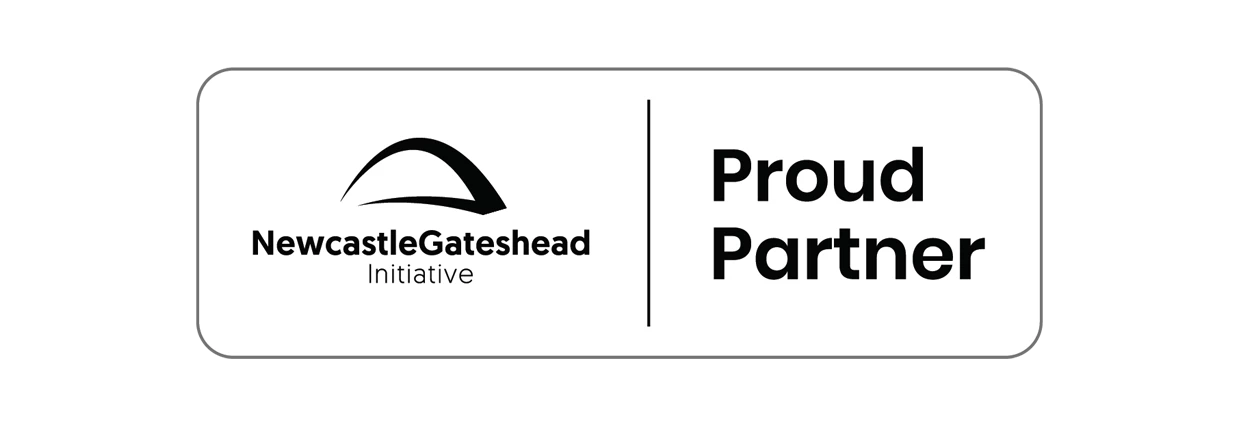Partner Article
Uncertainty principle
With Simon Raybould of Curved Vision
Any science fans out there? One of my favourite bits and bobs is the idea of the Heisenburg Principle. Put simply, the idea is that no one can know much about anything because the very act of observing something, changes it. Originally it was used in sub-atomic analysis because the size of the microscope was so large, relative to the particles they were looking at, they exerted their own gravity influence on those particles and changed the way the moved!
So it is with video cameras in presentations. Audiences are one thing, cameras are another. The very act of videoing a presentation means that it’s not the presentation you’d have made otherwise. Even if you’re standing there knowing that you’re not “performing for the camera” simply thinking that you’re not performing means you’re certainly not doing your natural thing!
You give presentations to audiences, right? So if you want feedback on your presentation, get it from your audience - a camera can’t (generally) help you. (Actually there is a time when a camera can be useful but it’s a very specific occasion and I’ll talk about it another time.)
But this begs the question of who in the audience you trust to give you your feedback. Some people will tell you you were fantastic when you clearly weren’t, so here are my tips for picking a feedback-giver:
- Have more than one - it’s obvious, I know, but you’d be surprised by the number of people who just ask the first person they meet;
- Pick people from different parts of the room - once again, that’s obvious but often overlooked;
- Don’t ask them for feedback in front of other people - it’s not so much the embarrassment factor I’m thinking of here, more the fact that they’ll end up agreeing with each other!;
- Ask them twice - once in the ‘buzz’ after your presentation and once again a day or so later - their perspective will have changed and you don’t just want to give high-energy, high-buzz presentations…. you also want them to sink in and be remembered a while later;
- Have a combination of general things (“So, how did it go?” and specific questions (“Did the slide about ghost-sightings show how they’re defined?”);
Finally, there’s one specific question you should always ask: What can I cut? Not “What could I cut?” because they’ll only say something vague like “Nothing, it was fine” but “What can I cut?” because that gets you into the right mindset of thinking about what you can remove… and every presentation can always have something removed. Always.
As always, questions and comments to me at sme@curved-vision.co.uk.
This was posted in Bdaily's Members' News section by Ruth Mitchell .
Enjoy the read? Get Bdaily delivered.
Sign up to receive our popular morning National email for free.








 How to make your growth strategy deliver in 2026
How to make your growth strategy deliver in 2026
 Powering a new wave of regional screen indies
Powering a new wave of regional screen indies
 A new year and a new outlook for property scene
A new year and a new outlook for property scene
 Zero per cent - but maximum brand exposure
Zero per cent - but maximum brand exposure
 We don’t talk about money stress enough
We don’t talk about money stress enough
 A year of resilience, growth and collaboration
A year of resilience, growth and collaboration
 Apprenticeships: Lower standards risk safety
Apprenticeships: Lower standards risk safety
 Keeping it reel: Creating video in an authenticity era
Keeping it reel: Creating video in an authenticity era
 Budget: Creating a more vibrant market economy
Budget: Creating a more vibrant market economy
 Celebrating excellence and community support
Celebrating excellence and community support
 The value of nurturing homegrown innovation
The value of nurturing homegrown innovation
 A dynamic, fair and innovative economy
A dynamic, fair and innovative economy